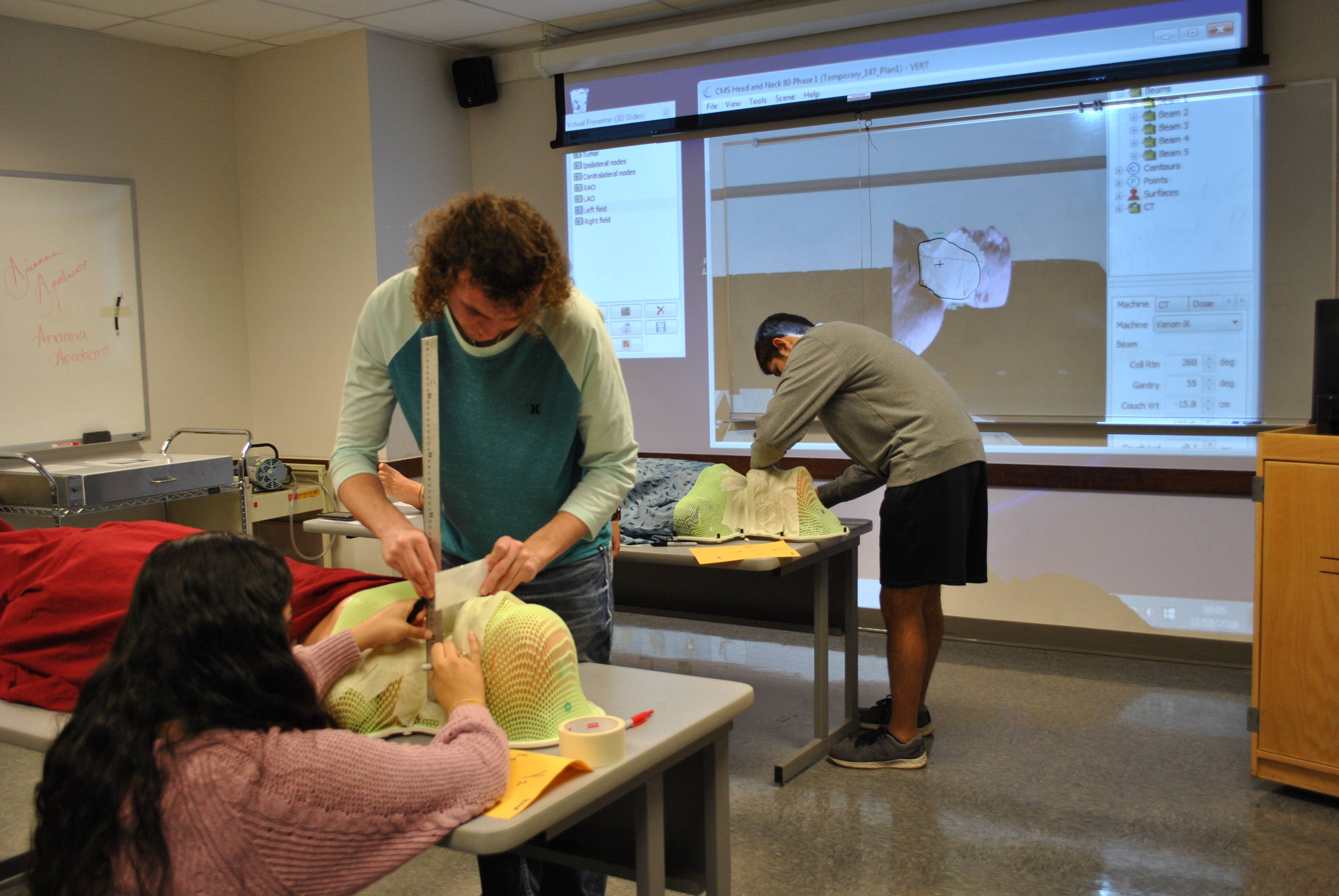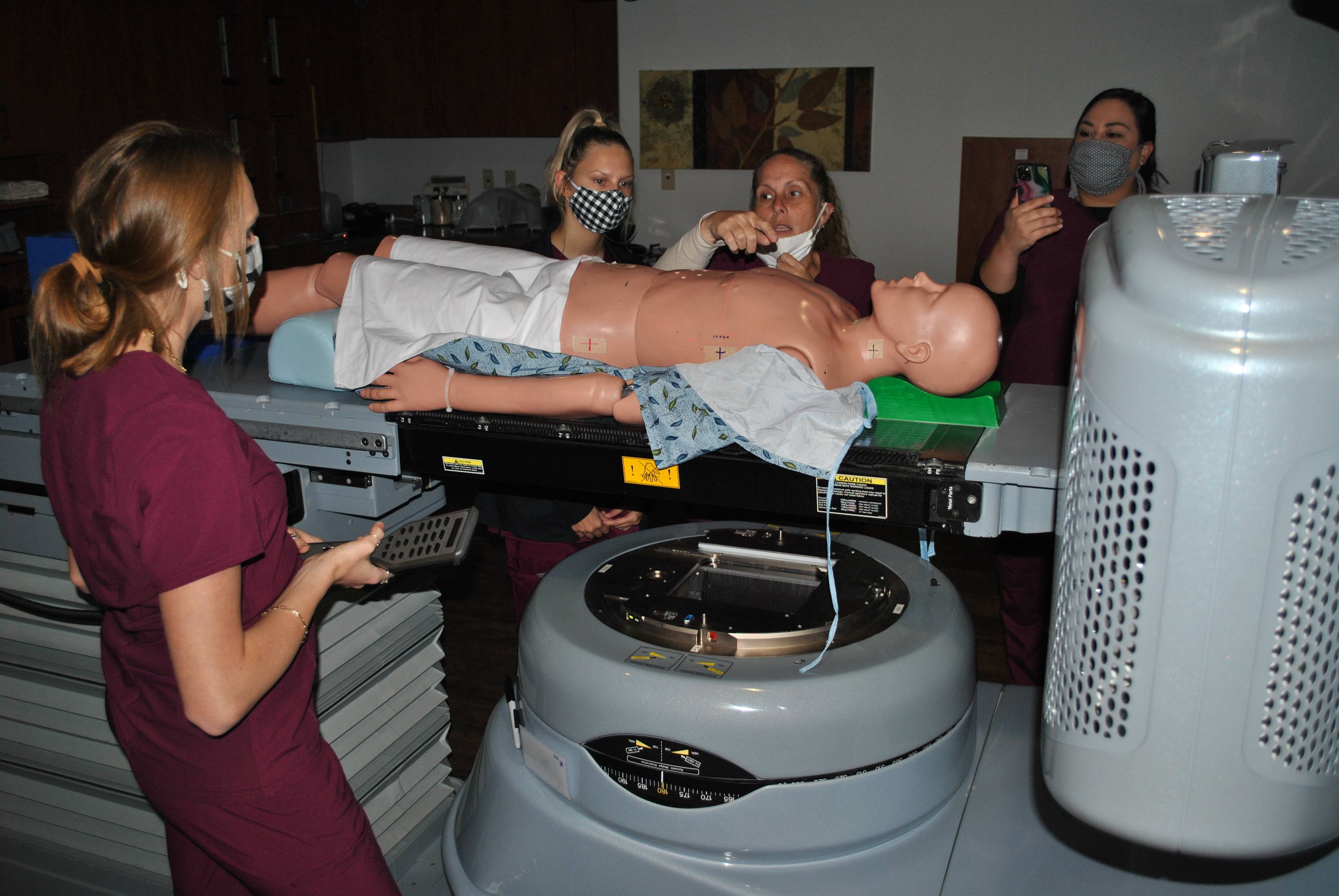History
Texas State University offers a four year curriculum leading to a Bachelor of Science in Radiation Therapy. The Radiation Therapy Program accepted its first cohort of students in 1998 and graduated its first class in 2000. The curriculum was developed guided by the American Society of Radiologic Technologists Professional Curriculum which it still follows. Members of the Joint Review Committee of Education in Radiologic Technology (JRCERT) have served as consultants to review the curriculum. The program has been fully accredited since its first graduating class in 2000. The program has had four accreditation site visits since then being awarded with the maximum accreditation period. The program will be undergoing its next accreditation site visit in spring of 2022.
The learning experience and resources available to the student include an extensive computer lab for research, treatment planning, and training in health informational systems. Anatomical structure is emphasized by means of the study of a cross sectional anatomy course coupled with a radiation therapy virtual education system (VERT). Learning strategies incorporate multi-media formats in “Smart” classrooms equipped to integrate technologies in teaching. Clinical education is provided at 26 clinical sites located throughout the state. The program incorporates a dedicated classroom fully equipped with state of the art instructional technology housing multiple projection screens, multiple white boards, as well as cameras and software allowing distant and virtual course delivery. The virtual reality simulation lab incorporates virtual technology including multiple treatment machine hardware (pendants) and software along with life size manikins, immobilization devices, head holders, calipers and other items normally found in the actual treatment room.
The learning experience and resources available to the student include an extensive computer lab for research, treatment planning, and training in health informational systems. Anatomical structure is emphasized by means of the study of a cross sectional anatomy course coupled with a radiation therapy virtual education system (VERT). Learning strategies incorporate multi-media formats in “Smart” classrooms equipped to integrate technologies in teaching. Clinical education is provided at 26 clinical sites located throughout the state. The program incorporates a dedicated classroom fully equipped with state of the art instructional technology housing multiple projection screens, multiple white boards, as well as cameras and software allowing distant and virtual course delivery. The virtual reality simulation lab incorporates virtual technology including multiple treatment machine hardware (pendants) and software along with life size manikins, immobilization devices, head holders, calipers and other items normally found in the actual treatment room.
Clinical Lecture Integrating Virtual Visualization

Simulation Lab to Support the Clinical Rotation Experience
